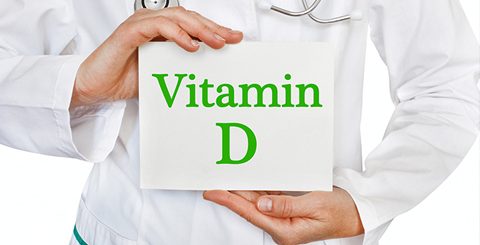6 Secrets About Your Breakfast Cereal
To get your strength back in the morning or to keep your figure, you choose cereal, and you think it’s the healthiest choice.
But did you know that not all breakfast cereals are equally beneficial despite their reputation as healthy foods? Too fatty, too sweet, too salty… Let’s take a closer look.
1. Their glycemic index is often (too) high
Cereals (and even slimming or wellness cereals, which are supposed to be good for the figure) often have a very high glycemic index (GI). This is due to the numerous transformations of cereal grains, which destroy the structure of the starch and therefore increase their GI.
To remember!
– Cornflakes have an exceptionally high glycemic index (100), undoubtedly because of their low fibre content. As well as rice and wheat petals (90), despite their image of fitness and well-being.
– On the other hand, some mueslis, even on average sweeter, have a good glycemic index because of their high fibre content.
The higher the glycemic index of a food, the faster it raises the blood sugar level, and this sugar is then stored as fat which makes you fatter. In addition, high GI foods reduce the feeling of satiety, which encourages snacking.
2. They contain added sugar
Almost all cereals contain a lot of added sugar.
The sweetest cereals are mueslis, with more than 7 g per 30 g serving. This rate increases even more if you opt for certain chocolate mueslis (9 g) or those enriched with fruit (10 g). Cereals for children, especially those with a coating or filling, reach identical scores.
If you’re looking for a less sweet cereal, opt for rice or wheat petals, as well as cornflakes.
3. Some cereals are too salty
While breakfast cereal manufacturers have committed to reducing the salt content of their products in recent years, some cereals continue to be too salty. This is particularly true of some cornflakes, with nearly 0.5 g of salt per 30 g serving.
Today, nutritional recommendations set the max amount of salt at 6 g per day for an adult. However, 80% of our salt intake comes from manufactured products and not from the salt in the salt shaker we put on the table.
4. Some breakfast cereals are far too fatty

In their natural state, cereals contain only 3 to 4% fat. However, some products, such as filled cereals for children or crunchy mueslis, have more than 15% fat. Moreover, these are often bad fats, rich in fatty acids.
The right choice: mueslis rich in oleaginous fruits (almonds, walnuts, hazelnuts, seeds…) which do not exceed 7% of lipids.
5. Adding iron and vitamins is not necessary
Often, breakfast cereals are made from refined cereals, from which the grain’s outer shell has been removed, and are therefore deprived of all the vitamins and minerals.
Manufacturers add synthetic vitamins and iron supplements to compensate for these losses to support their health food message. But this supplementation is useless because a varied and balanced diet is enough to cover our daily needs.
6. The best cereals are the simplest!
It’s not easy to find your way through the jungle of breakfast cereals and make the right choice. To help you, keep in mind that the simplest grains are the healthiest. Opt for oatmeal, plain petals, or traditional mueslis with no added sugar.
It would help to banish highly processed cereals that are too rich in sugar and fat (and therefore have a high GI). For example, icy grains, ultra-sweet, and crunchy mueslis, which are enriched with fat.
Many of us do not eat in the morning… The lack of hunger is because our body is still asleep, yet this meal is as important as any other! Breakfast is a meal in its own right that you should not neglect. Not only does it provide energy for the whole day, but it also limits snacking. Hope you have liked this post. Please, do not hesitate to comment below.



